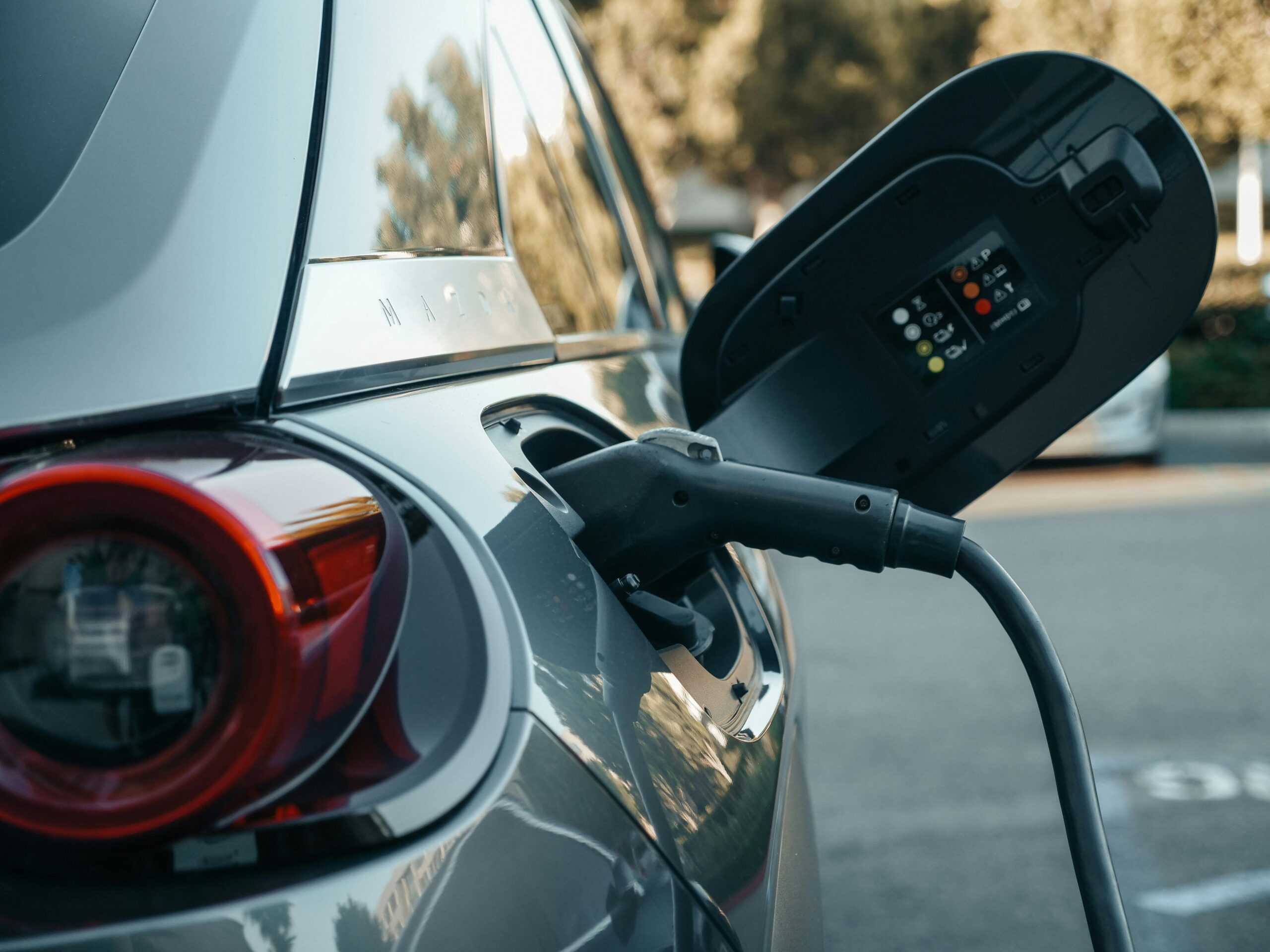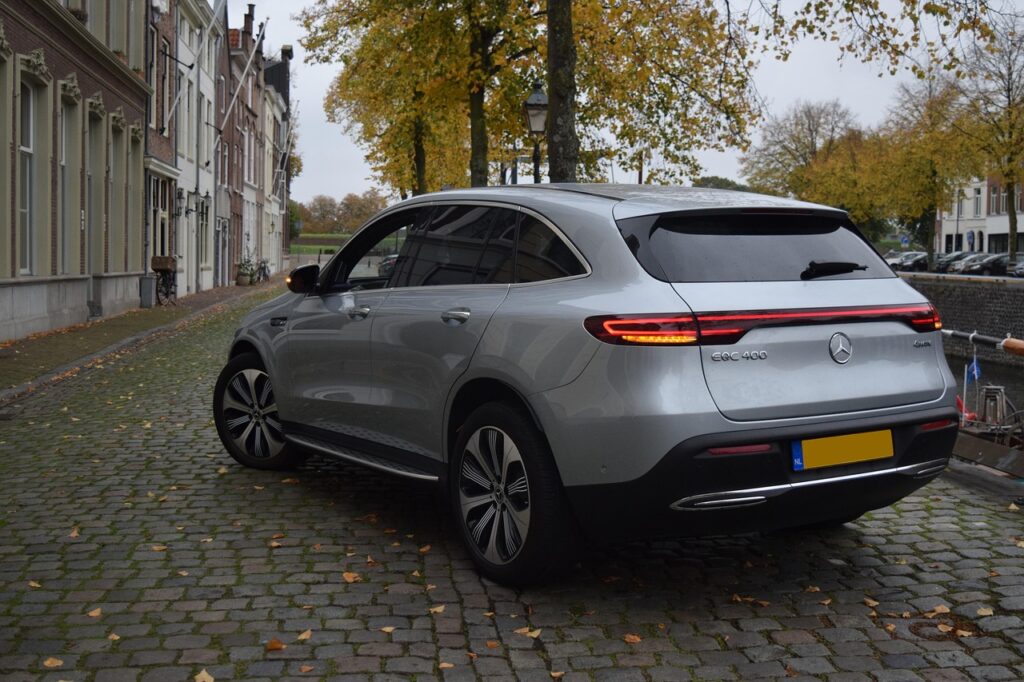May 1, 2025 Published.
As urban heat island effects intensify, rooftops are increasingly seen as a key tool to break the vicious cycle between air conditioning and rising outdoor temperatures. But among the popular solutions—cool roofs, green roofs, and solar roofs—which one is the most effective in cooling down our cities?
Blazing sunlight scorches dense high-rises, while scorching asphalt radiates heat, and even the breeze feels like hot air… Summers are getting hotter each year. In the U.S., heat waves have increased from twice a year in the 1960s to six times annually today. The heat island effect is making urban summers unbearable. As air conditioning usage soars, energy consumption rises and outdoor temperatures increase, creating a vicious cycle.
To disrupt this cycle, many governments are promoting cool roofs, green roofs, and solar roofs—solutions that promise not only lower electricity bills and government subsidies but also reduced urban heat. But are these roofs all equally effective? Which one actually helps the most in fighting extreme heat?
China’s Ministry of Industry and Information Technology (MIIT) has introduced the world’s most stringent safety standard for electric vehicle (EV) lithium batteries, the National Standard for Safety Requirements of Traction Batteries for Electric Vehicles (GB38031—2025).
Set to replace the 2020 version, the new standard will take effect on July 1, 2026, aiming to significantly enhance battery safety performance.
The centerpiece of the updated standard is the revised “thermal runaway test,” which now includes an internal heating test alongside existing external heating and needle-puncture methods. The technical requirements have been elevated from issuing a warning five minutes before fire or explosion to a stricter mandate: batteries must not catch fire, explode, or release gases harmful to passengers. This addresses critical safety challenges like internal short circuits or overheating during charging, which trigger chemical reactions in lithium batteries that produce continuous oxygen, making fires notoriously difficult to extinguish.
Beyond tackling internal thermal runaway, the standard mandates that batteries withstand 300 fast-charge cycles followed by an external short-circuit test without catching fire or exploding. Additionally, battery packs must endure three impacts from a 30mm diameter head at 150 joules of energy without leaking, rupturing, catching fire, or exploding, while maintaining electrical insulation.
| 2020 Version | 2025 Version | |
|---|---|---|
| Testing Methods | external heating, needle puncture | external heating, needle puncture, internal heating |
| Revised version further clarifies battery temperature requirements, charge/discharge status, observation time, and vehicle testing conditions | ||
| Technical Requirements | fire, explosion within 5 minutes provides early warning signal for heating events | no fire, no explosion, (no need to report), smoke does not harm passengers |
These requirements, specific to automotive batteries, are poised to drive demand for advanced insulation and heat-resistant materials, such as melamine foam, high-temperature-resistant wiring, and coating materials.
Contrary to some media speculation, the standard’s development is unrelated to recent incidents like the Xiaomi EV fire. The revision process began in 2021, with drafting completed by late 2023 and final review in September 2024, before its official release in March 2025. This timeline reflects China’s proactive approach to balancing the rapid growth of its EV and battery industries with the need to address safety concerns arising from substandard products. While early strict regulations could have stifled industry growth, the government has strategically timed this standard to align with market maturity.
Leading manufacturers like BYD and CATL have already rolled out safer battery technologies, positioning them well for compliance. Other manufacturers have over 12 months to adapt, but the new standard marks the end of the EV and lithium battery industry’s era of unregulated growth in China. As regulatory oversight tightens, companies outside the top tier face significant survival challenges, signaling an imminent industry shakeout.

China’s 2025 EV Battery Rules Tighten Safety
